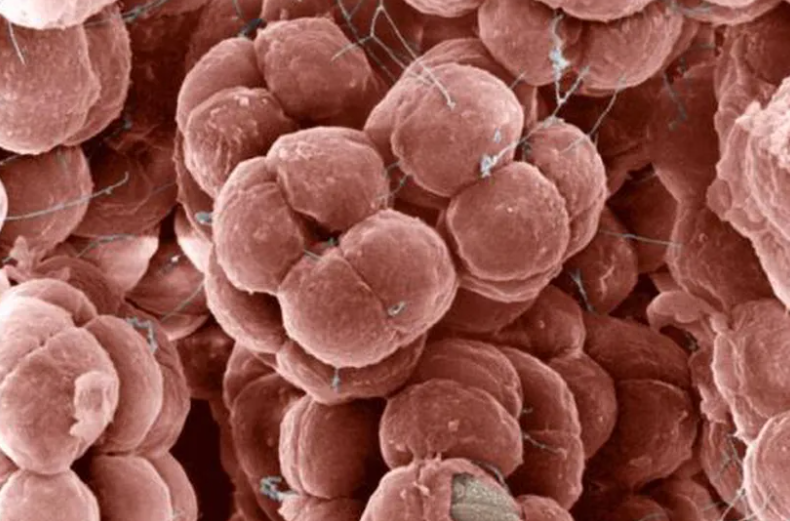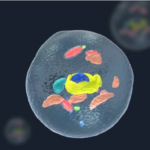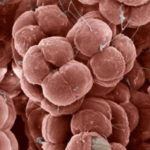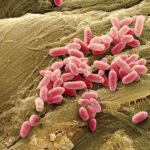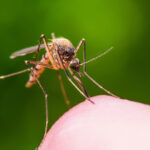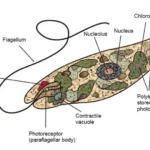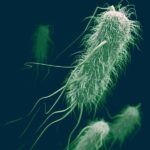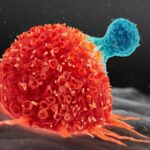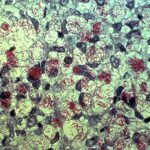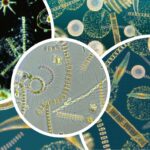Here’s a reminder: As we mentioned with bacteria, Archaea and Bacteria share many similar features; they also share many characteristics in common. Therefore, much of the explanations we provided for Bacteria will also apply here. And some of the explanations we provide here will be applicable to Bacteria. This is quite natural due to their shared ancestry and similar living environments. However, Archaea achieve something fascinating: they can survive in extreme, even extremely extreme conditions where no other organism could maintain integrity. Let’s explore these:
The cellular structure of Archaea is quite similar to that of Bacteria. However, there are some important ways to distinguish between these two domains. For example, Archaea lack peptidoglycan in their cell walls. Instead, they have pseudo-peptidoglycan, consisting of abundant proteins. This is one of the easiest ways to differentiate Archaea.
Archaea can also change location, communicate, and reproduce asexually using numerous methods, as we explained with Bacteria. They also possess a variety of ways to produce nutrients, much like Bacteria.
As you can see, Archaea share many features with Bacteria. Therefore, for many years, Archaea were considered a type of Bacteria. However, with the advancement of genetic science and research in biochemistry, it has been revealed that Archaea underwent an entirely different evolutionary process.
Differences Between Archaea and Bacteria
This is a highly significant topic because, unlike their similarities, numerous distinctions can be made between them. Let’s list these:
Peptidoglycan is found in Bacteria, whereas pseudo-peptidoglycan is found in Archaea. Metabolic pathways in Archaea closely resemble those in Eukaryotes rather than Bacteria. Specifically, processes such as transcription and translation bear strong resemblance to Eukaryotes. This indicates a closer evolutionary relationship between Archaea and Eukaryotes. Bacterial cell membranes contain ester bonds, whereas Archaeal cell membranes contain ether bonds. While Bacteria can reproduce through sporulation, Archaea do not exhibit sporulation. Due to differences in their cellular structures, Archaea respond to different chemicals than Bacteria do, such as kanamycin, chloramphenicol, rifampicin, and anisomycin. Additionally, Archaea are sensitive to the toxin diphtheria, unlike Bacteria. The promoter structure that initiates DNA replication differs between Archaea and Bacteria. Certain species of Archaea are capable of methane production, a process known as methanogenesis, which is not observed in any other domain of life. Some Archaea are photosynthetic; however, they accomplish this without chlorophyll. In contrast, photosynthesis in Bacteria relies on chlorophyll. While Bacteria are typically found in “normal” environments, Archaea can thrive in extreme conditions as well as normal ones. Expanding on this last point, it’s worth noting the considerable diversity of Archaea in their habitats: Archaea constitute one-fifth of the Earth’s biomass and can be found in vastly different environments. Initially dubbed extremophiles due to their ability to thrive in extreme conditions when first discovered in the 1960s, it’s now known that they also inhabit much more diverse and “normal” environments.
Indeed, Archaea can comfortably inhabit environments with temperatures exceeding 100 degrees Celsius, as well as those below -30 degrees Celsius. They can thrive in highly saline, acidic, alkaline, and extremely cold environments. Additionally, some Archaea reside in soil, sewage systems, and oceans.
We categorize extremophile Archaea into four main groups:
Halophiles: These organisms can inhabit regions with very high salt concentrations, such as the Great Salt Lake in Utah, Owens Lake in California, and the Dead Sea between Jordan and Israel. These areas have salt concentrations exceeding 36%, making them nearly inhospitable to other species under such high osmotic conditions. However, Halophiles thrive in these environments. Examples include Halococcus and Chromohalobacter beijerinckii.
Thermophiles:
These types of organisms typically thrive at temperatures of 45 degrees Celsius and above. Most organisms experience a slowdown in enzymatic activity above 40 degrees Celsius; however, Archaea have managed to adapt to these high temperatures. One species, known as Methanopyrus kandleri, lives at a temperature of 122 degrees Celsius.
Alkaliphiles:
These organisms typically thrive in pH levels ranging from 9 to 11. Such alkaline environments are commonly found in dry lakes (playa lakes) and carbonate-rich soils. While most organisms are adapted to neutral (pH = 7) environments, alkaliphilic archaea such as Geoalkalibacter ferrihydriticus, Bacillus okhensis, and Alkalibacterium iburiense are capable of living in high pH conditions.
Acidophiles:
In contrast to alkaliphiles, some archaea can thrive in very low pH environments. For instance, a species called Picrophilus torridus astonishingly survives in environments with a pH as low as 0.
Apart from that, Archaea also participate in some crucial cycles. For instance, they contribute to the cycling of elements such as carbon, nitrogen, and sulfur in their habitats.
Archaea provide valuable lessons in the success of organisms adapting to their environments and the evolutionary changes that enable such adaptation. As we can observe, life has the capability to spring up in virtually any niche. However, what matters most after this emergence is whether these organisms can adapt to their new environments. Those that can adapt will survive and reproduce, while those that cannot will be eliminated. Thus, with each generation, only the more adaptable organisms will persist, allowing for change and ultimately evolution. As a result of this evolution, species capable of thriving in extraordinary environments like Archaea can emerge.
